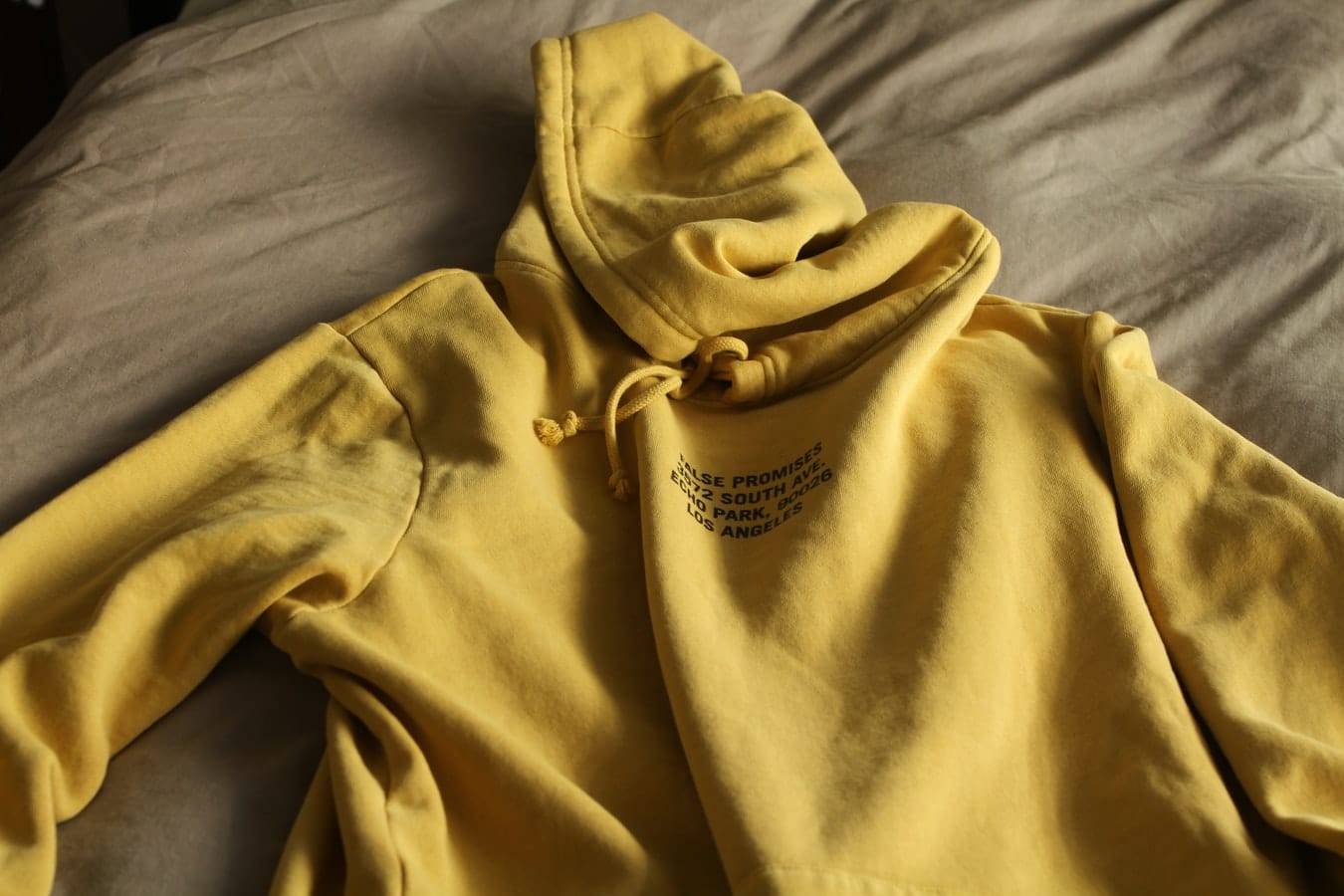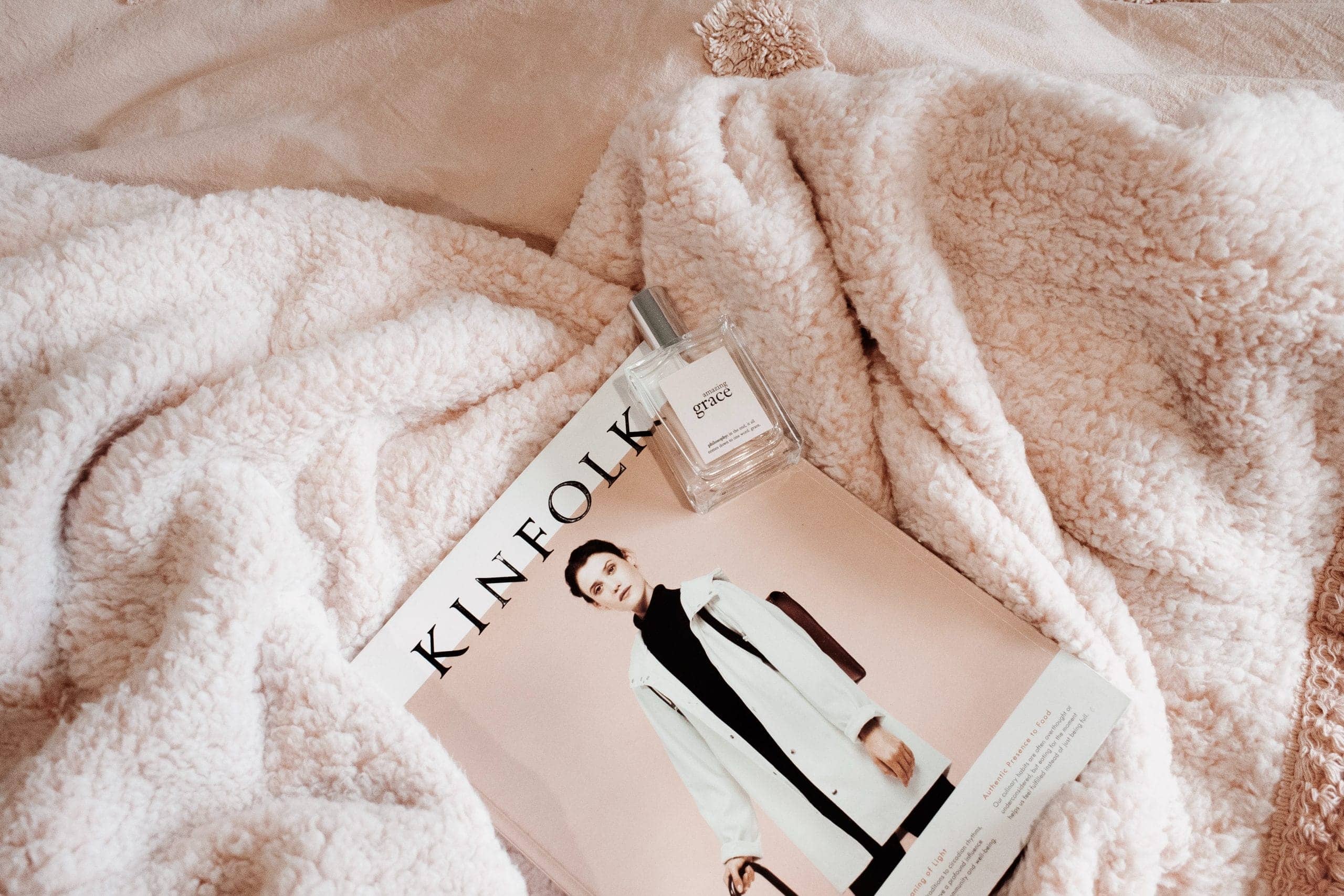Fleece is a very useful and versatile material that is way less demanding compared to natural fabrics. Perhaps, this is the major reason why so many people all over the world appreciate fleece clothing!
However, there is one troublesome issue that fleece owners always face, and it’s shrinking.
Does fleece shrink?
Yes and no! Some kinds of material do tend to shrink whilst others are more durable and resistant. Already confused?
We know what to do to fix it!
Read on, and we will teach you how to make fleece items look always neat and shrink less.
What Is Fleece At All?
To begin with, let’s figure out what this fiber is.
Fleece is a completely synthetic fabric made of pure polyester. Nevertheless, it is different from other kinds of polyester. The threads in fleece are not smooth and long, instead, they create a wool-like structure while the fabric is manufactured.
All items made of this fabric are soft, lightweight, thick, and plush. Fleece is mostly used in all sorts of blankets and covers, pajamas, activewear, and even baby diapers! Some sorts of it are made to wick moisture whilst others repel it that makes fleece a multipurpose material.
This fiber is very simple to wash, besides, it is stain-resistant and dries fast.
Fleece Types Characteristics
Since today we have plenty of various kinds of this material on the market, it is sometimes confusing to choose which one to purchase.
To help you out, we prepared a brief table with the basic description of each variant.
[table id=30 /]
Why Does It Shrink?

So what makes fleece shrink, and why some of its kinds are shrink-resistant?
Since this material can be either completely man-made (which means that it contains only synthetic) or include natural additives (like cotton-blended variant), its tendency to shrink will differ.
Man-made versions are predisposed to getting smaller less than their partly natural counterparts.
However, various types of material shrink not equally.
- Microfleece
Even when laundered in the hottest water and dried at the highest heat, this material will most likely retain its shape.
- Slub fleece
Produced of different sizes of yarn that is twisted together. This sort is textured, mostly used in sweaters, hoodies, etc. And yes, if you expose it to any heat, it will get smaller.
- French terry
This is a blend of several fabrics usually including polyester, rayon, and cotton. This sort of fleece is not as fluffy as others, and it is more woven. And just like most of the fleece, it is predisposed to getting smaller if dried or washed long enough.
How to Shrink Fleece On Purpose

Sometimes we may need to shrink our fleece item on purpose, for instance, if we need to fix the stretched item. To do that, no special skills are needed.
Since fleece is sensitive to heat, to make it smaller, just launder the item in the hottest water possible, and then tumble dry using the highest heat regime.
Usually, this is more than enough to make the initial size of the garment smaller.
If you see that the final result is not small enough, just repeat the whole process from the beginning.
What about different types of clothing? Well, the basics are the same, but certain distinctions exist.
- To make a jacket, sweater, or pants smaller, launder and then dry them at the highest heat setting
- The items with colorful patterns attached to their surface must not be shrunk to avoid colors bleeding
- Make sure the water temperature is not higher than 230 F
- Remember that the 100% cotton fleece will get smaller ¼ size down
And remember that shrinking is not advised for the items with bright dyed patterns or with the decal on them. When the item shrinks, the pattern will bleed and the decal will be ruined!
Proper Care Instructions
No matter what sort of items are used, the care rules are the same for both strong polar and light Berber fleece. This material may seem to be quite a demanding thing with all that shrinking fuss, but in fact, when knowing several “secrets”, you will be able to take care of it effortlessly.
To keep those clothing and household items clean and shrink-free, follow the basic care instructions.

- Launder this material either in cold or in lukewarm water
- Wash it manually or go for the gentle laundry cycle
- Always turn the clothing inside out before washing
- For drying, air-dry the clothing by hanging it. If you need to do it fast, set the tumbler at the lowest heat regime
- Never use bleach and/or softening liquids when laundering fleece items
- Dry cleaning is forbidden for this sort of material
- Ironing is not allowed since it ruins the fabric. As an option, iron on the lowest heat from the non-face side
- This material is not good for dyeing, so choose the color you need/like when purchasing the item
- Launder it with other items of the same kind only since hard to delete lint will appear
- Choose anti-pill version, it will help to avoid fiber balls all over your clothing
Fleece is a great invention, but it has its peculiarities. To use this fabric longer and keep it good-looking, simply follow the suggested instructions, and you will forget about lint, shrinking, and other typical issues that fleece owners face.
[wp-faq-schema title=”Frequently Asked Questions”]

Is anti-pill fleece the same as polar fleece? I never used this fabric before so I don’t know how to tell the difference.
Well, in fact, yes, anti-pill one is like the variant of the polar fleece. I don’t think you can tell the difference visually though.
I washed my fleece hoodie and it looks less furry. How do you make fleece fluffy again?
Well, I would recommend you stop washing it, first of all since it kills the fluffiness. Or use a fast gentle cycle. And in your particular case, brush it with a bristle brush and comb out in all directions.
How much will fleece shrink? I’m going to use the gentlest cycle and cold water, but I know it will get smaller. How much?
Normally, it hangs upon the type of fleece, but I would say you should expect it to lose ¼ of its original size.
How do you know which is the right side of anti-pill fleece? I think I’m always wearing it inside-out!
The right side is fuzzier and it’s shinier. Also, try to pull on the selvage edge – it will roll toward the right side.
How do you wash fleece and keep it fluffy? I washed mine only once but it already looks way less furry!
I always use the gentlest cycle and no softeners! And I brush it after each launder. It takes time but the result is significant.
Is fleece easy to sew? I found a hole in my kid’s jacket and I want to fix it. Will that work?
I guess it will, why not? Fleece is quite easy to sew if it’s not a thick kind of it like Berber.
Does fleece shrink in the washer? I washed my hoodie that I was told was made of fleece, but it shrunk very much! Now it’s almost twice as small than it was initially. Is it possible that it’s really made of this fabric?
Well, it could shrink even if it’s fleece. See, this material is very prone to shrinkage if it’s not pure 100% fleece. When fleece has any natural additives, it becomes very shrink-friendly. Also, if you wash fleece in hot water, it will shrink as well.
Does fleece polyester shrink? I want to buy a very nice jumper but it’s made of fleece polyester. So I’m not sure whether to buy it or not because I need a garment that’s easy to maintain.
Well, this particular fabric will shrink if you wash it in water of 155 F or hotter, or dry at this temperature.
Does fleece dry quickly? I want to buy fleece clothes for my kids, but since I do laundry very often with three boys in the house, I need those things dry really fast!
Oh, in your case, fleece is exactly what you need! It dries really fast, but it also gets wet quickly, so keep that in mind! Fleece is not the best fabric for using it as an insulation layer.
How to shrink a fleece hoodie? The one I bought online appeared to be bigger than I needed.
Wash it in hot water, and then dry on hot in a dryer if you have one. This is the only method I know.
How do you wash fleece fabric to prevent it from shrinking? No matter what I do, things always come out of the barrel more or less shrunk!
I always wash such clothes at warm or cool water settings and a gentle cycle. Also, I turn the fabric inside out and dry it open-air, not in a tumble dryer. That’s usually enough.
Hi! I need help from those who use and wash fleece clothes often. Should fleece be prewashed?